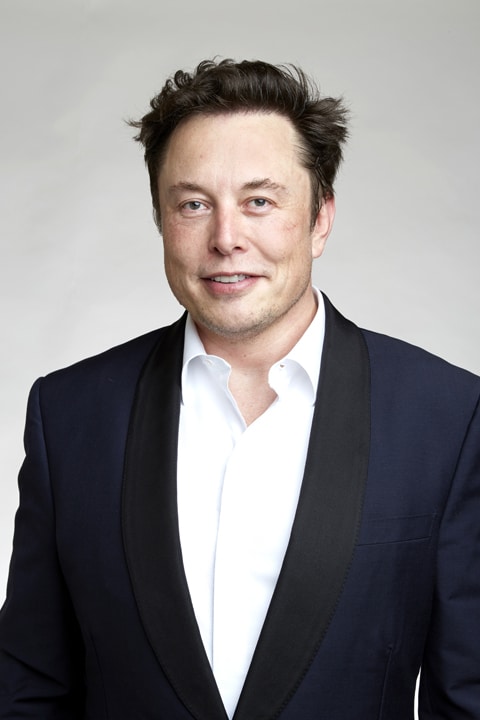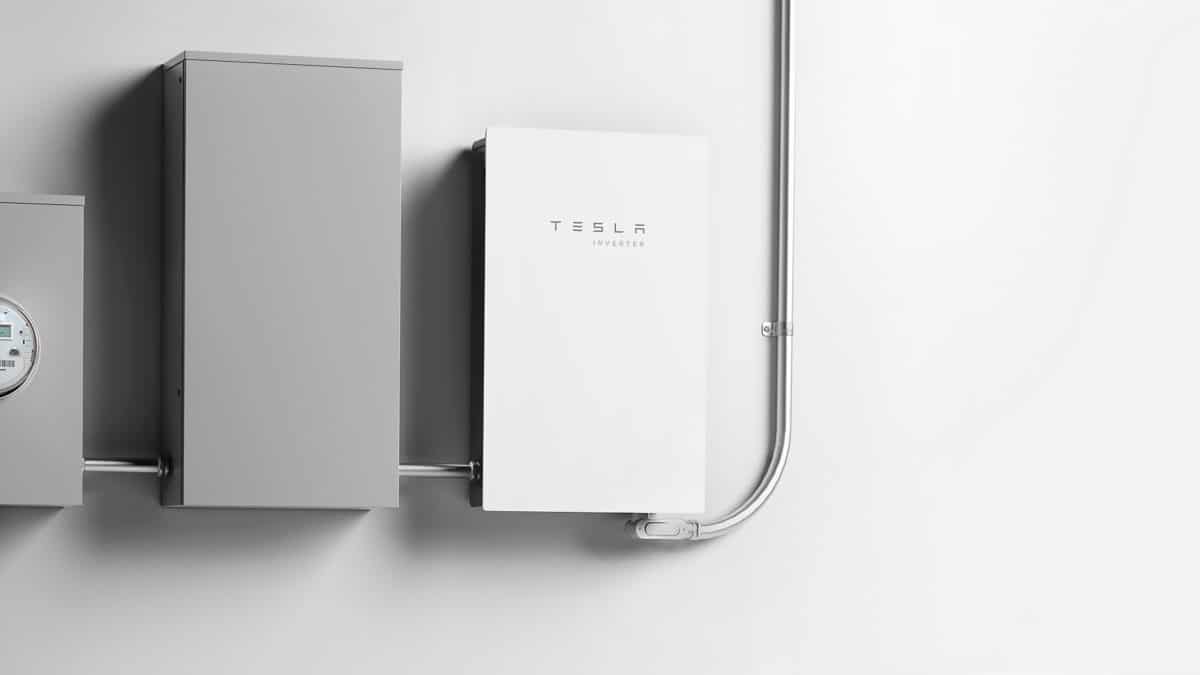Telsa is intensifying its focus on solar, CEO Elon Musk said during the company’s fourth quarter earnings call January 27.
“There were a few years there where we had to devote the whole company to Model 3 production and building… But now we [have] a little more bandwidth. We’re putting a lot of attention on solar, and it is growing rapidly. So, I think it will not be long before Tesla is, by far, the market leader in solar,” Musk said.
For Tesla, industry-leading pricing is central to its solar strategy. “[Getting the cost structure where it needs to be] is something that we’ve accomplished over the last year,” the company’s CFO, Zach Kirkhorn said, without providing specifics.

Image: Wikimedia Commons/Duncan Hall
Achieving better integration between the Tesla Powerwall, the Tesla Retrofit Solar, and the Tesla Roof is also an integral part of Telsa’s solar plans, Musk said. He said the company is focused on reducing the amount of time and the “complexity of the install, and we’re making great progress in that regard.”
Improvements to Tesla’s solar retrofit strategy, including simplification, cost reduction, and improved pricing, drove an 18% increase that lifted solar deployments to 205 MW in 2020. Even though Tesla missed analysts’ Q4 earnings estimates, the company reported that total year-over-year quarterly revenue rose 46% to $10.74 billion, largely driven by growth in vehicle deliveries.
During Q4, Tesla said that storage deployments and solar deployments came in at 1.584 MWh and 86 MW, respectively. On a year-over-year basis, storage deployment ballooned by 199%. Solar deployment increased by 59% compared with 2019.
On the storage side, 2020 was the first year in which total battery deployments surpassed 3 GWh in a single year, Tesla said. That was an 83% increase against 2019. The company attributed much of this growth to the popularity of its utility-scale storage product, Megapack.
NextEra aims to be ESG solutions provider
“We are in a terrific position to be able to capture a significant share of the market opportunities going forward, in what we continue to believe is the best renewable development environment we have ever seen.” That was Jim Robo, NextEra’s CEO during his company’s Q4 earnings call on January 26.

According to Robo, NextEra is positioning its business to be the preferred strategic partner for commercial and industrial customers (C&I). For NextEra, C&I companies’ interest in improving their ESG performance opens new markets and business opportunities. The economics of renewable are also aligned with the C&I interest in sourcing clean energy, he said.
“We are looking at the business in a holistic way – where we can provide clean energy solutions across the board – it’s wind, it’s solar, it’s storage, it’s hydrogen, it’s mobility… It’s an energy management services capability. It’s analytics. All of the things that we’ve done for decades, we could now offer to C&I customers, and we’ve got a huge head start,” Robo said.
NextEra is in advanced discussions with a number of potential industrial customers from the food processing, specialty chemicals, and refineries sectors about developing clean energy solutions that can yield more efficient green production processes.
The company said that one potential project includes a solar tracker combined with an electrolyzer at a large industrial plant. This project would deliver green hydrogen as an industrial feedstock. When not producing hydrogen, the project’s solar power would offset a portion of the plant’s energy consumption, further decarbonizing operations.
Standalone storage
“Having the largest solar fleet in North America positions us for storage add-on,” Robo said. Standalone storage is imperative for renewables growth, and, according to Robo, energy storage attach rates are at about 60% on all new renewable projects that NextEra delivers.
During the earnings call, NextEra said that it plans to continue to push its transmission business, which made a record $100 million in net income last year.

According to Robo, the biggest inhibitor to renewable energy in the U.S. is not consumer demand or a lack of federal or state-level interest in getting renewables built, but the “fundamentally broken processes with the ISOs in terms of how they manage their queues and transmission and just broadly transmission planning in this country.” With the Biden administration and a new FERC, there is a “new opportunity to fix that,” he said. Robo asserted the belief that NextEra’s transmission business is a prime example of what FERC Order 1000 can do “when you get competition going in the transmission world.”
For the fourth quarter, NextEra Energy Inc. reported a $5 million net loss, on a GAAP basis. It said the loss was largely driven by a $1-1.2 billion write down linked to the company’s investment in Mountain Valley Pipeline. The loss was small against NextEra Energy’s full year $2.9 billion income.
Citing progress in 2020 and its originations success, NextEra raised its 2021 to 2022 renewables development expectations to a range of 10.5 GW to 12.7 GW, roughly 3.5 GW above its previous expectations. NextEra added that its expectations for 2021 and 2022 are now up more than 50% at the midpoint relative to expectations laid out in 2019. The company also set its 2023 to 2024 renewables development expectation at 12.15 GW to 17.3 GW.
“This is by far the largest expected two-year development program in our history,” said Rebecca Kujawa, the company’s CFO.
“Based on the strength and resiliency of our underlying businesses, I will be disappointed,” Robo said, “if we are not able to deliver financial results at or near the top end of our adjusted earnings per share expectation ranges in 2021, 2022, and 2023.”
This content is protected by copyright and may not be reused. If you want to cooperate with us and would like to reuse some of our content, please contact: editors@pv-magazine.com.








By submitting this form you agree to pv magazine using your data for the purposes of publishing your comment.
Your personal data will only be disclosed or otherwise transmitted to third parties for the purposes of spam filtering or if this is necessary for technical maintenance of the website. Any other transfer to third parties will not take place unless this is justified on the basis of applicable data protection regulations or if pv magazine is legally obliged to do so.
You may revoke this consent at any time with effect for the future, in which case your personal data will be deleted immediately. Otherwise, your data will be deleted if pv magazine has processed your request or the purpose of data storage is fulfilled.
Further information on data privacy can be found in our Data Protection Policy.